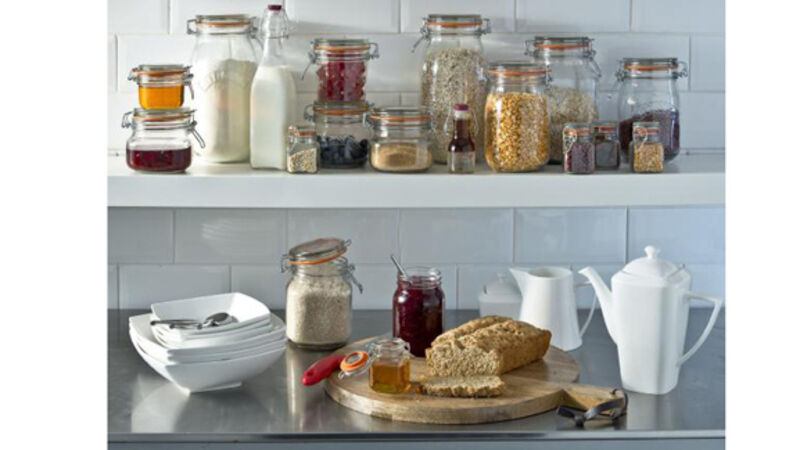Your kitchen area should be meticulously planned

“People want exactly what they see in the shop, even though it may not fit their home or how they use their kitchen,” says Igor Valigura, Ikea’s kitchen interior designer.
“To start, you have to look at how much you need to store; how many people live in the house and the measurements of the room, including where the windows and doors are located.”
Day-to-day cooking, eating, socialising, baking, and homework must be considered.
“Do you cook from scratch,” asks Igor.
“Then, you will need a pull-out larder with baskets. If you live on ready meals, you need a larger fridge and freezer. With more people taking lunches to work rather than buying them, you’ll need more chilled space.”
KitchenAreaPic2_large.jpg[#embed1]
Predictably, he cites storage as the big problem, either because of a lack of it or because of poor planning.
“Smaller kitchens, in particular, don’t have enough space for cupboards, so there are wall-hanging solutions like rails, and little shelves for pots and pans, which can go up to the ceiling. It makes the kitchen more exposed, but gives it personality.”
Cabinets installed up to the ceiling are a more clinical look and will require steps, which will also have to be stored, so you don’t trip over them.
It’s all about the detail.
“Smart solutions make the best use of space,” says Igor.
“Use dividers in drawers, and stands in cupboards, so you can see everything at a glance. A new approach is to include an extra, smaller drawer within a deep one to utilise all available space.”
Now an essential part of our lives, technology is also creating clutter in the kitchen.“There used to be a requirement for cookbook stands,” says Igor, “but now recipes are being followed online, so there needs to be somewhere for the laptop and somewhere to recharge a phone.”
KitchenAreaPic3_large.jpg[#embed3]
Given all this practical planning, do you have to sacrifice the dream kitchen you set your heart on in the showroom? Igor is reassuring.
“It doesn’t matter if you live in a flat or house, you can get the sort of look you want, but consider the practicalities first.
“Baking is one of the most popular kitchen activities in Ireland, so people will often want two ovens, and five-burner hobs. Even if they’re not needed, but they look nice and can aid the accomplishment of the design, if you have the space for it.”
Shirley Buckley, designer at Express Kitchens, says if you don’t have a utility room, much-needed storage space will be eaten up in the kitchen by a washer and drier, and budget constraints may necessitate re-using items from the old kitchen.
“Integrated appliances can be expensive,” says Shirley.
“The alternative is to front your existing appliances with cabinet doors, topped with a deep counter to give a stream-lined look. You can then incorporate tall, slim larder cupboards to free up other cupboards for delph.”
Like Igor, she suggests deep-pot drawer systems to cut down on rummaging in the back of a cupboard. “You’re more inclined to use things if you can see them,” she says.
“It’s all about making it easier, so put drawers underneath eye-level ovens to store cooking utensils, oven dishes and plates, so they’re near at hand for serving up.”
Another modern development is the need to segregate waste and accommodate in more than one bin, now we’ve all become more eco-conscious.
”If you can fit them under the sink,” says Shirley, “put the dishwasher on one side of the sink and two deep drawers on the other for tea towels, dish cloths and cleaning fluids.”
And if space is not a problem and budget allows it, consider two dishwashers side by side. Just think — no more emptying the dishwasher into a cupboard, only to take everything out again to set the table. You can go straight from appliance to table.










